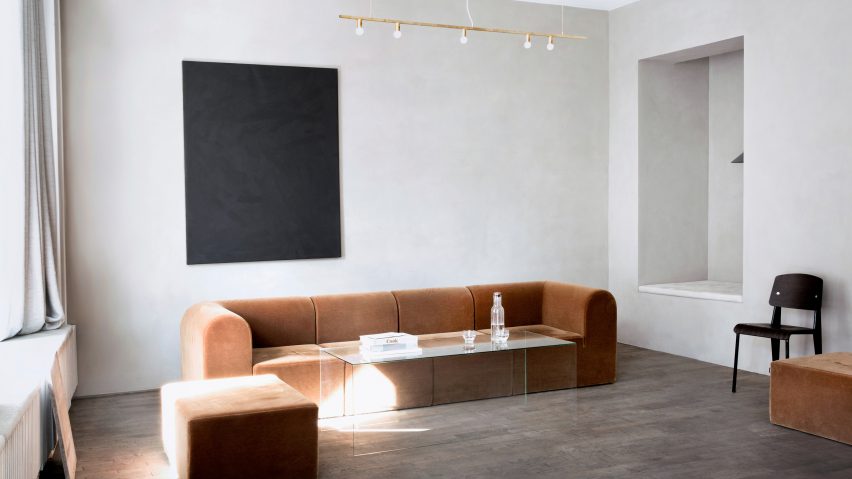
Dezeen's 10 biggest design trends of 2016
Continuing our review of the year, reporter Alice Morby has picked out the biggest design trends to come out of 2016, including the rise of anarchic design, consideration of mental health and the race towards driverless vehicles.

The popularity of minimalism continued to rise in 2016. The year saw a number of pared-back rebrands – including Mastercard's first redesign in 20 years and the UK Premier League's simplified lion logo.
The trend was also felt in the world of interiors, where designers sought to prove that less can still be more with calm workspaces and seemingly empty bathrooms.
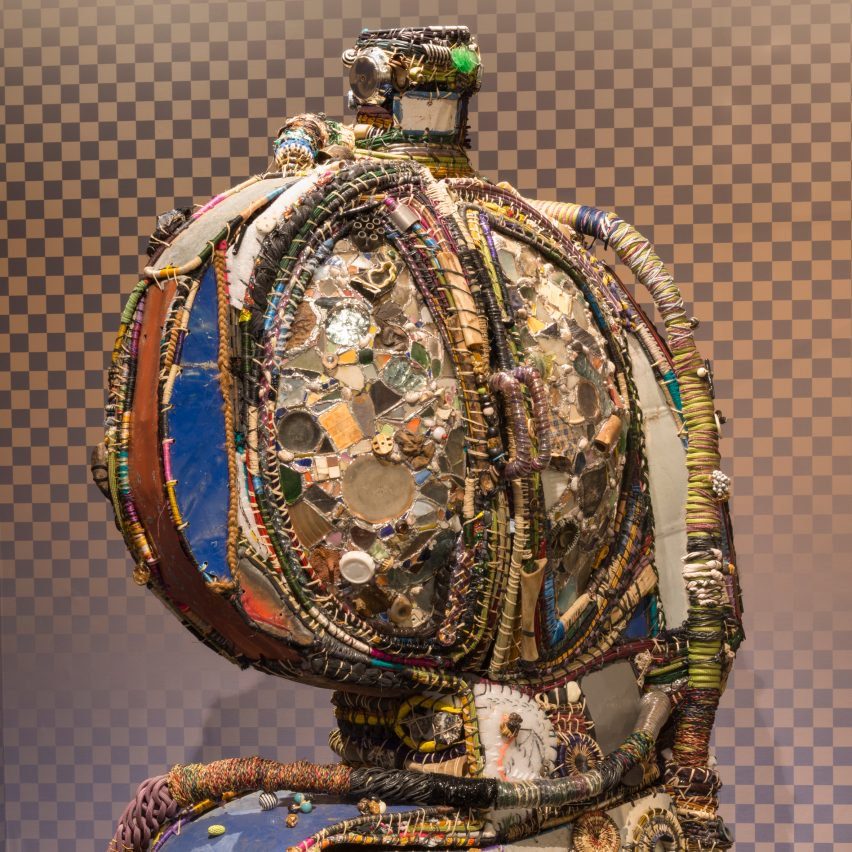
Towards the back end of 2016, namely at Design Miami, the industry's output became almost as unpredictable as the political climate, and while minimalism dominated the former part of the year, it was anarchic design that ended it.
The fair saw Misha Kahn produce a cabinet from trash and grass as well as what may be Studio Job's wildest creation yet – a painted bronze statue located outside the Faena Forum in Miami Beach featuring a castle trapped in the branches of a tree.
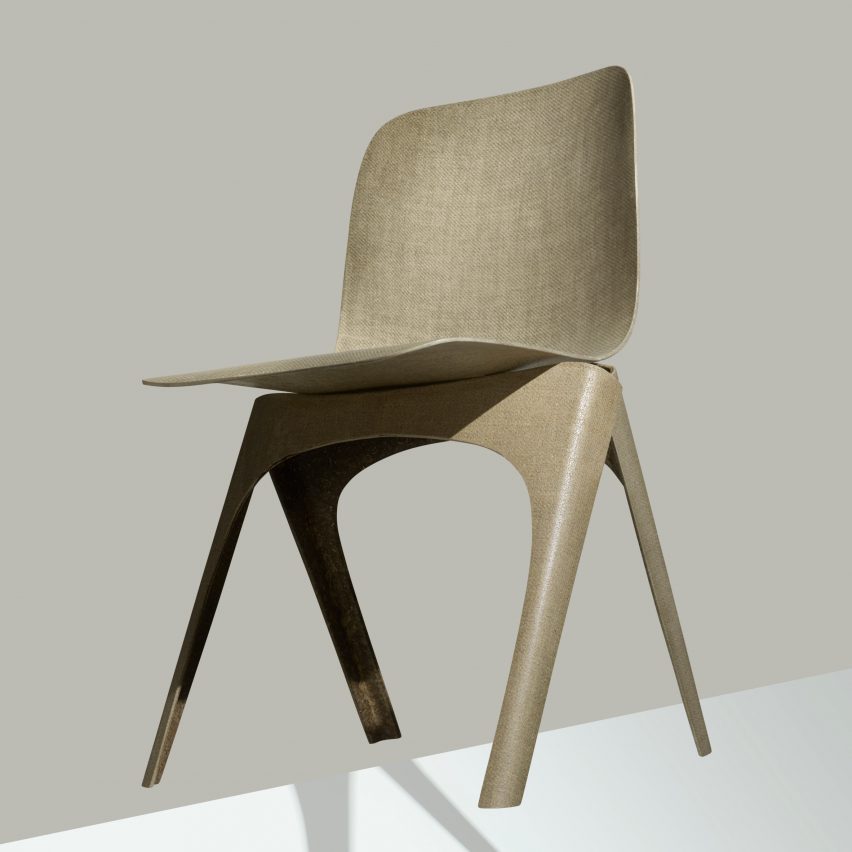
Designers have been experimenting with unconventional materials this year, making a chair from flax, carpets from pine needles, and even an ultra-thin condom from grass fibres.
Adidas finally released the first batch of its running shoes with uppers made using recycled plastic recovered from the sea, while collaborator and founder of Parley for the Oceans Cyrill Gutsch made headlines with his call for designers and brands to wean themselves off the plastic "drug".
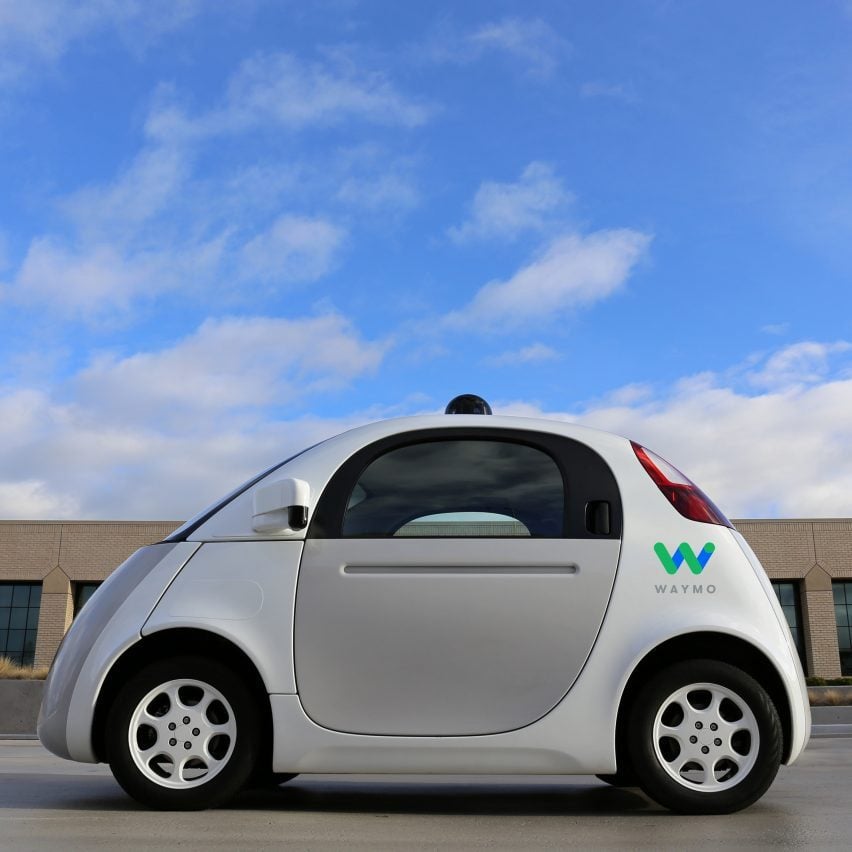
Although not a trend unique to 2016, the race towards driverless vehicles picked up momentum this year, with big companies like Uber and Rolls-Royce getting involved.
Another of the major players this year was Google, whose self-driving car system managed to become officially recognised as a driver in the US before crashing with a bus and finally being rebranded as a separate entity called Waymo.
See more driverless vehicles ›
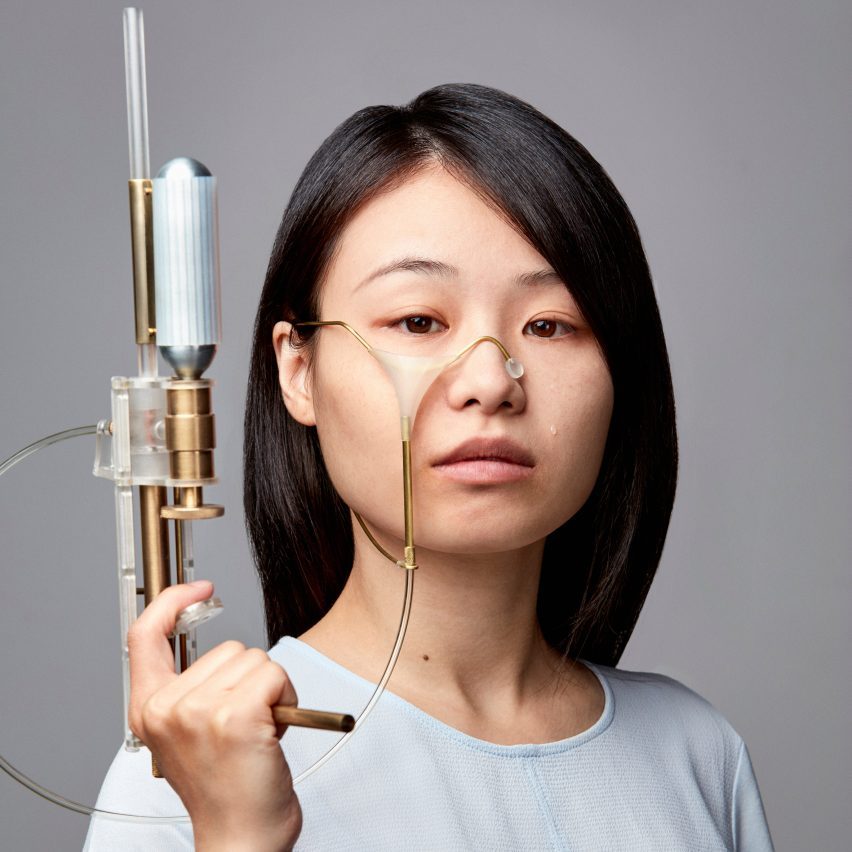
The year also got designers thinking about mental health in their work, particularly at Design Academy Eindhoven, where a number of students drew upon their own personal struggles for graduate projects.
After an altercation with a tutor, Yi-Fei Chen created a visual metaphor in the form of a gun for firing her tears, while Nicolette Bodewes reflected on her own experiences with psychotherapy to create a tactile toolkit to help people communicate their feelings.
See more design for mental health ›
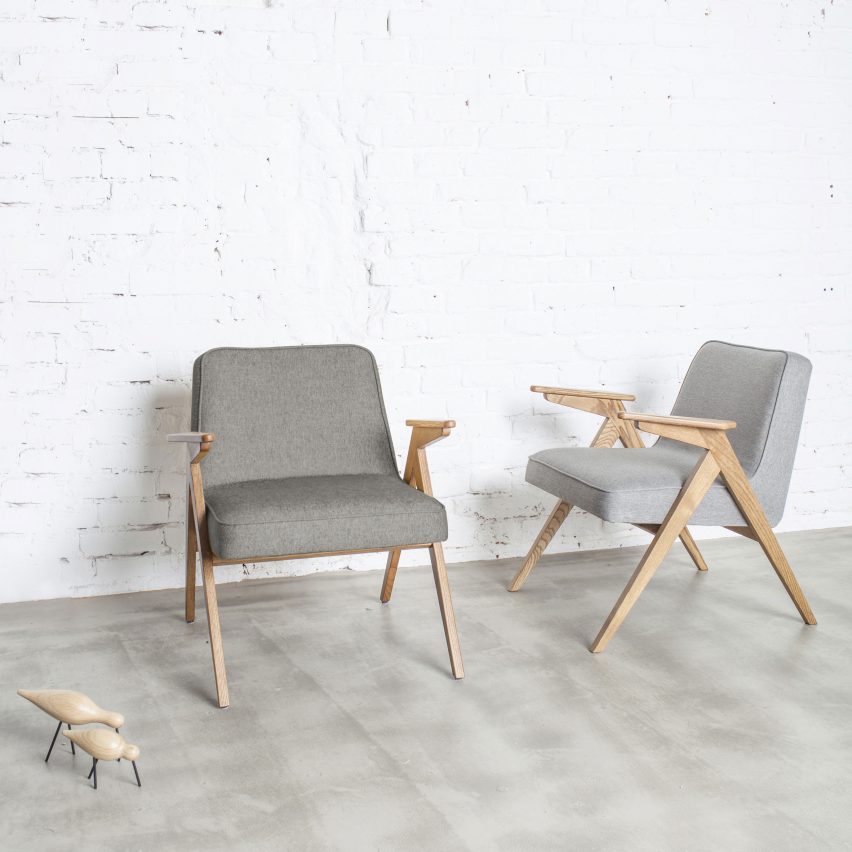
There was a boom in reissues of classic designs over the past year, particularly when it came to the pioneering creations of the Danish modernists.
A lamp originally designed by Le Corbusier to illuminate walkways at his Unité d'habitation de Marseille was reissued by Italian lighting design firm Nemo, and new brand 366 Concept began rereleasing Polish-designed chairs that were once a common sight in the living rooms of the formerly Soviet Bloc country.
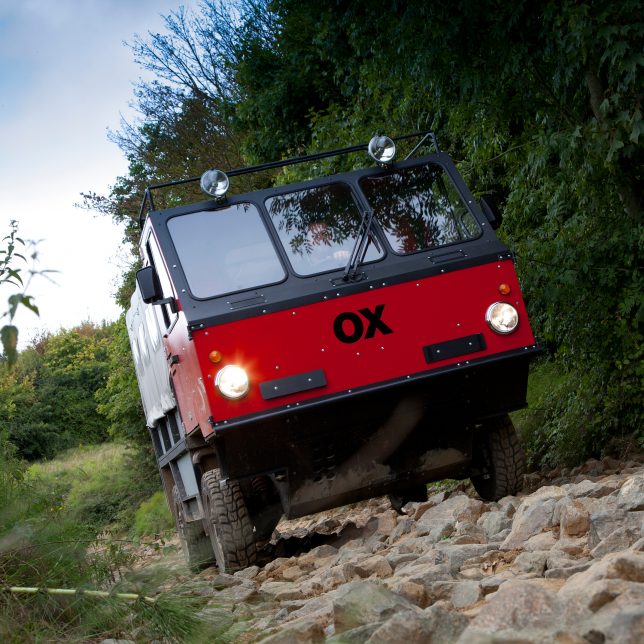
Architects and designers continued to focus on problems facing those in developing countries, particularly in the wake of the ongoing refugee crisis.
This year saw the creation of the "world's first" flat-pack truck designed to deliver aid to developing countries as well as a prototype coat for refugees that transforms into a tent or a sleeping bag.
See more humanitarian design ›
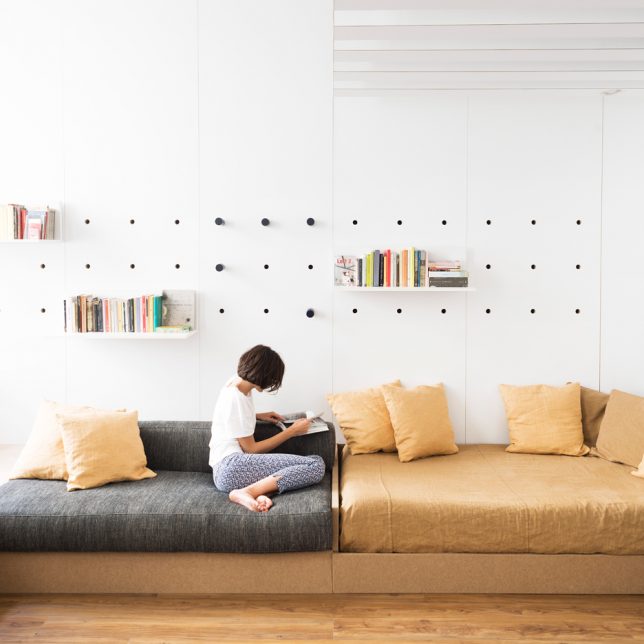
Adaptable furniture for compact living
City dwellers facing escalating house prices are living in smaller, more flexible spaces, and designers have responded with furniture that makes the most of every inch of the floors, walls and even ceilings.
To make more room inside her 1970s flat in Florence, architect Silvia Allori added furniture that folds down from the walls, while Japanese kitchen manufacturer Sanwa designed a unit tailored to those with limited living space.
See more space-saving furniture ›
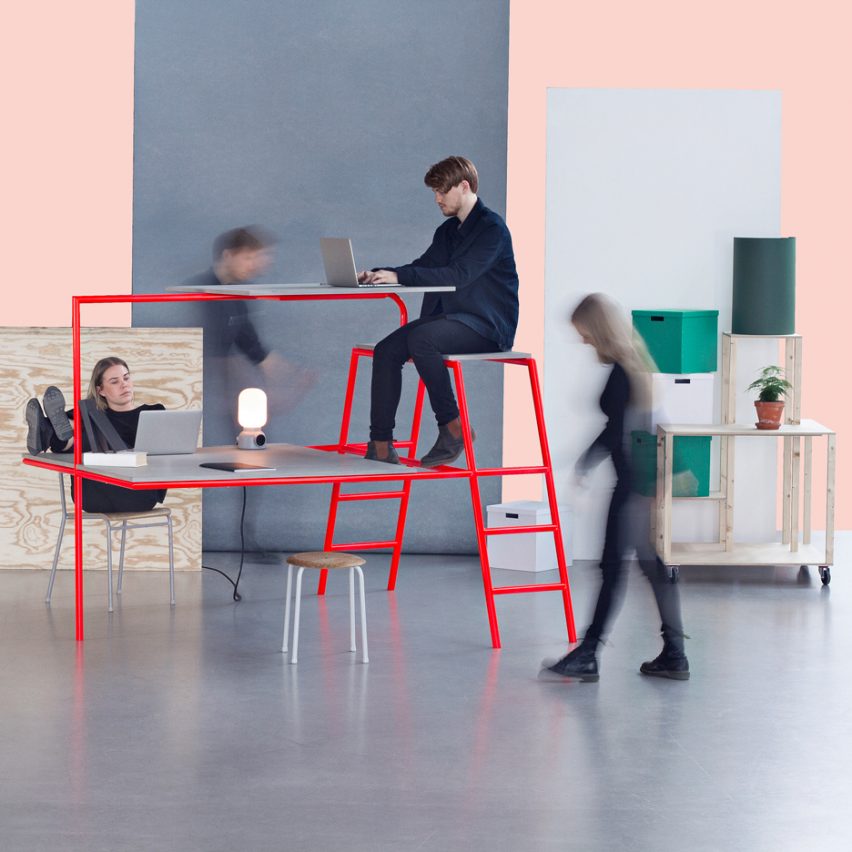
With the nature of workplaces evolving to suit changing technology and no shortage of surveys documenting the downsides of open-plan setups, designers took up the challenge of designing entirely new types of office furniture in 2016.
Alternative solutions were presented at Milan design week, where students from Lund University collaborated with Hay to produce a range of experimental furniture especially for small-scale workplaces, and at Clerkenwell Design Week, where Dutch brand Prooff showed a collection of upholstered plush leaning posts designed to encourage impromptu meetings.
See more experimental office furniture ›
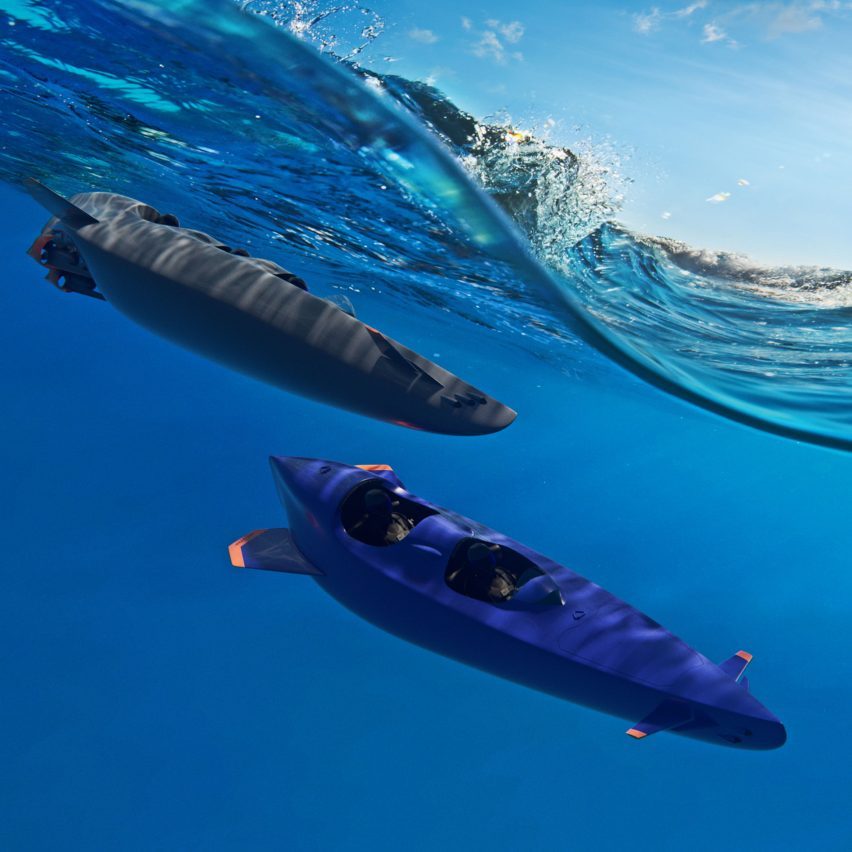
Electric technology has been incorporated into many new cars already, but 2016 saw the aircraft, nautical and public transport design industries take up the trend.
Dutch company Ortega launched an electric open-top submarine for divers, while an electric traffic-straddling bus set off on the streets of Qinhuangdao, China, and PriestmanGoode's Paul Priestman forecast a future full of personalised electric flying machines.